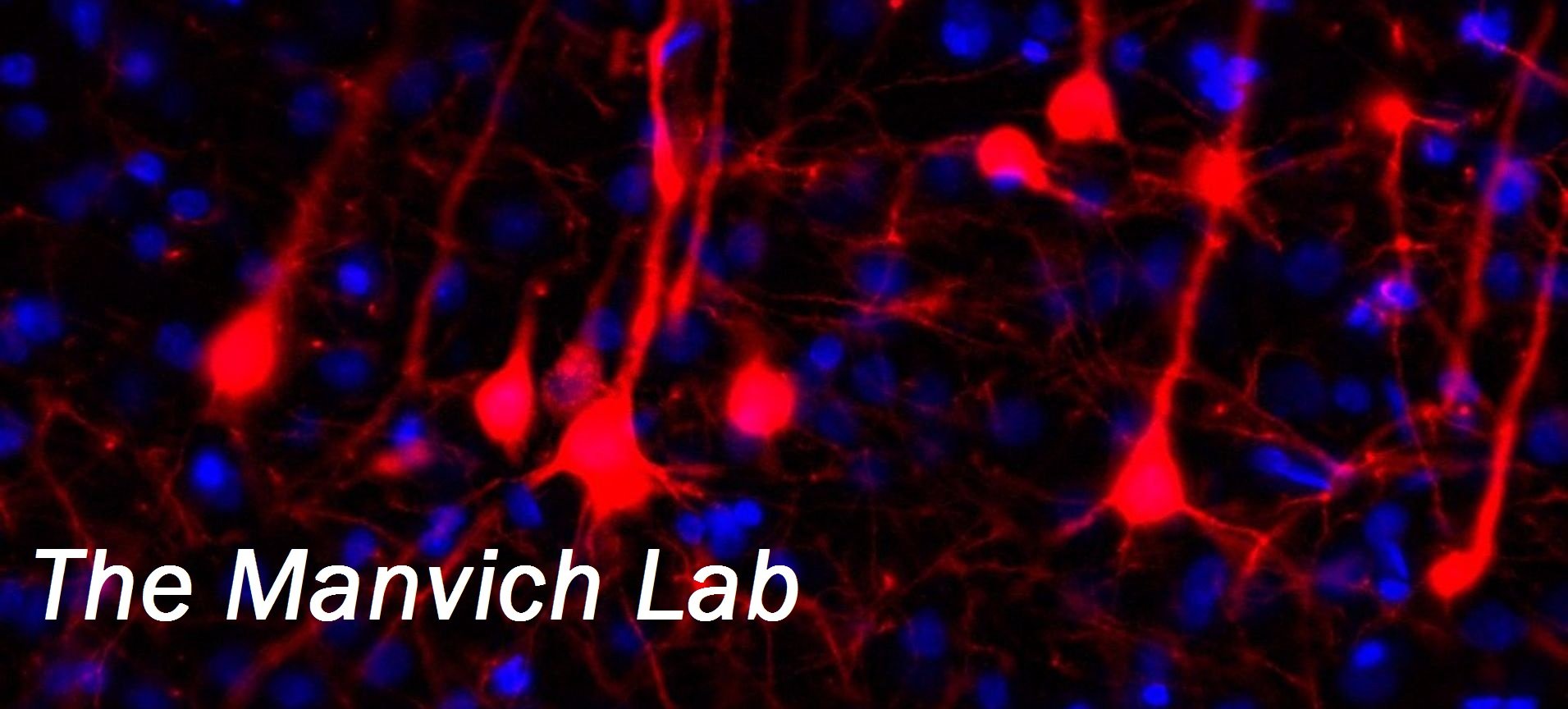Techniques
Techniques
Techniques
Our laboratory employs a variety of experimental techniques to investigate the relationship between stressor exposure and substance abuse, and their respective impacts on neurobiology and behavior. Shown below are some examples of the procedures frequently utilized in our work.
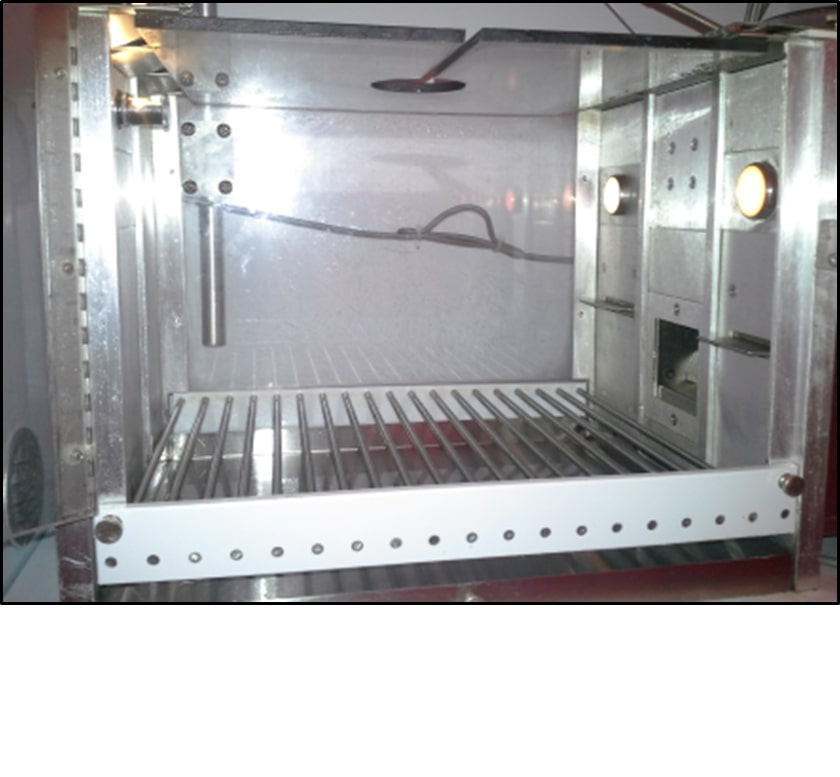
Operant Behavior
We use operant-behavioral procedures to study the direct reinforcing effects of drugs of abuse as well as drug-seeking behavior, most notably using drug self-administration and the "reinstatement" model of drug relapse. We also utilize drug discrimination procedures to study the interoceptive stimulus effects produced by various drugs and other environmental manipulations.
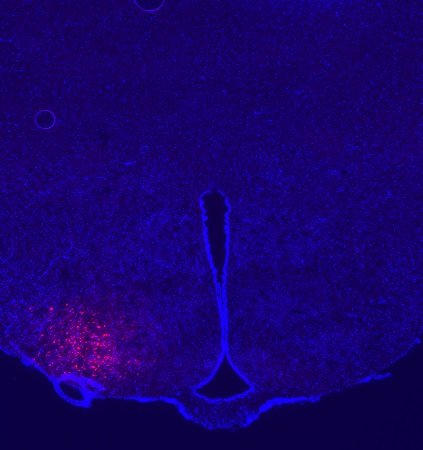
Chemogenetic/Optogenetic Manipulation of Neural Circuits
Our lab is studying the roles of a few key brain regions in promoting psychosocial stress-triggered drug-seeking behavior. We are currently using chemogenetic approaches to manipulate the neural activity of these regions in vivo to assess whether we can alter the urge to obtain drug following stress. Additional studies are planned for the near future that will incorporate optogenetic techniques as well as test specific pathways leading into and out of these specialized neural nodes.
Shown left: unilateral DREADD expression (magenta) in the VMHvl (Nissl stain shown in blue)
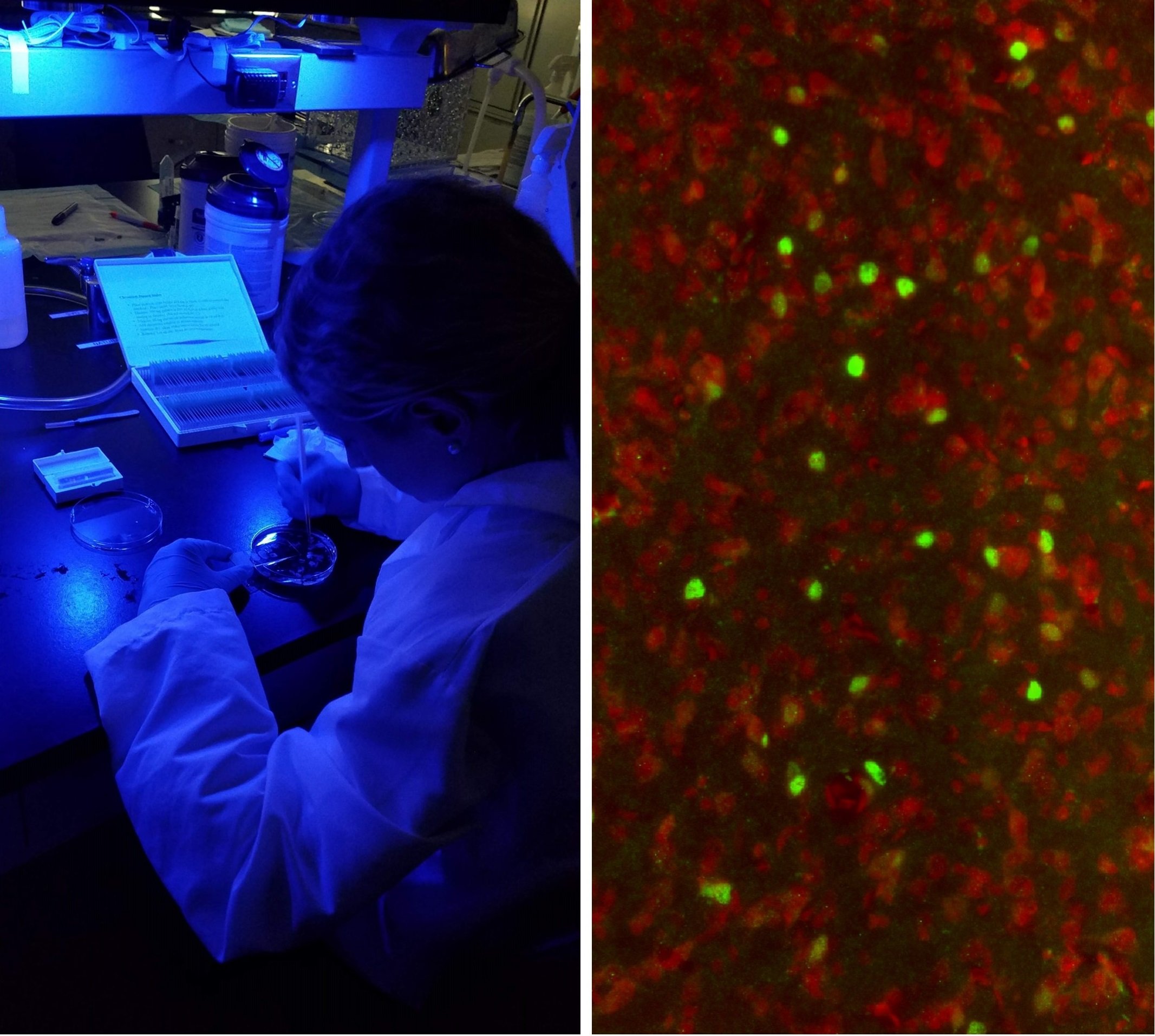
Immunohistochemistry (c-Fos)
We routinely perform fluorescence immunohistochemical detection of c-Fos, a protein whose expression is robustly increased in response to high levels of neuronal activation. Using c-Fos as a marker of recent neural activity, we are working to "map" and compare neural circuits that are engaged when subjects seek drugs in response to various types of stressors. Moreover, combining c-Fos detection with cell-type markers and/or tract tracing techniques allows us to identify these circuits with great precision and specificity.
Shown left: c-Fos expression (green), Nissl-stained neurons (red)
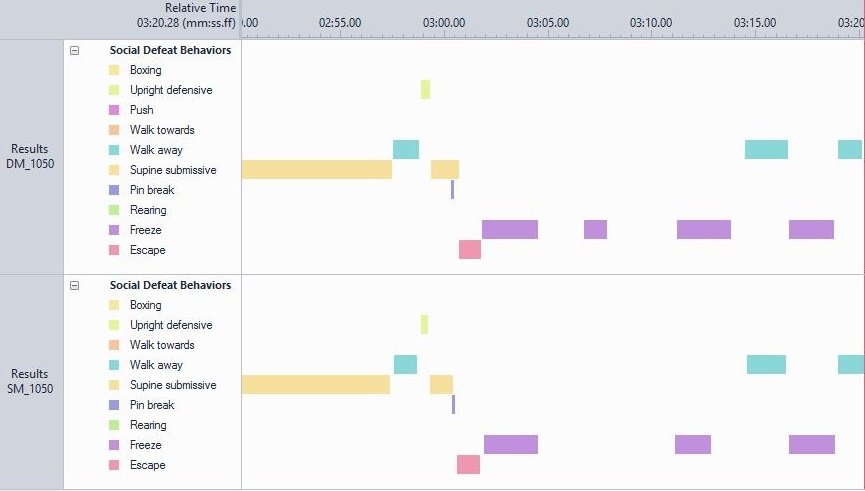
Ethological Analysis of Behavior
A major research objective of the lab is to study the variability in stress-coping strategies between individuals and how these differences may relate to affective and substance use disorders. As part of this effort, we routinely use state-of-the-art software and complex ethograms to codify and quantify subjects' behavioral responses to various types of stimuli, including social and nonsocial stressors.

Additional Behavioral Testing
While operant-behavioral testing makes up a large portion of our research, we also employ a diversified array of other conditioned and unconditioned behavioral tests to study the effects of drug or stressor exposure on behavior. Some of the additional behavioral tests that we use in our research program include the elevated plus/zero maze, open field locomotor activity, conditioned place preference/aversion, resident-intruder procedure, and defensive shock probe burial, just to name a few.
